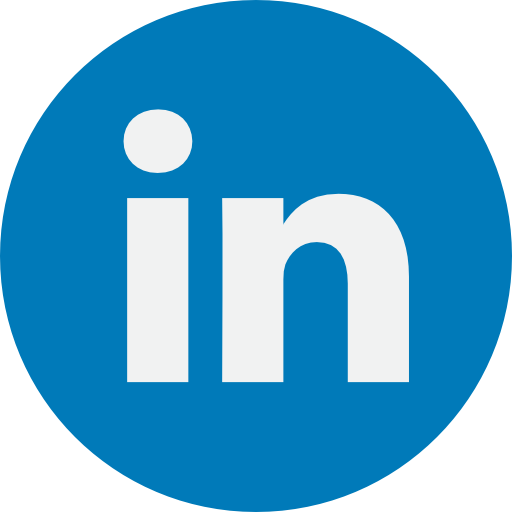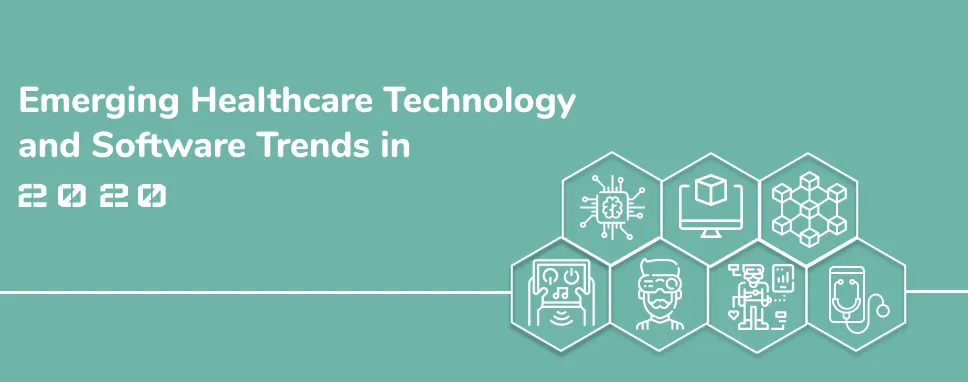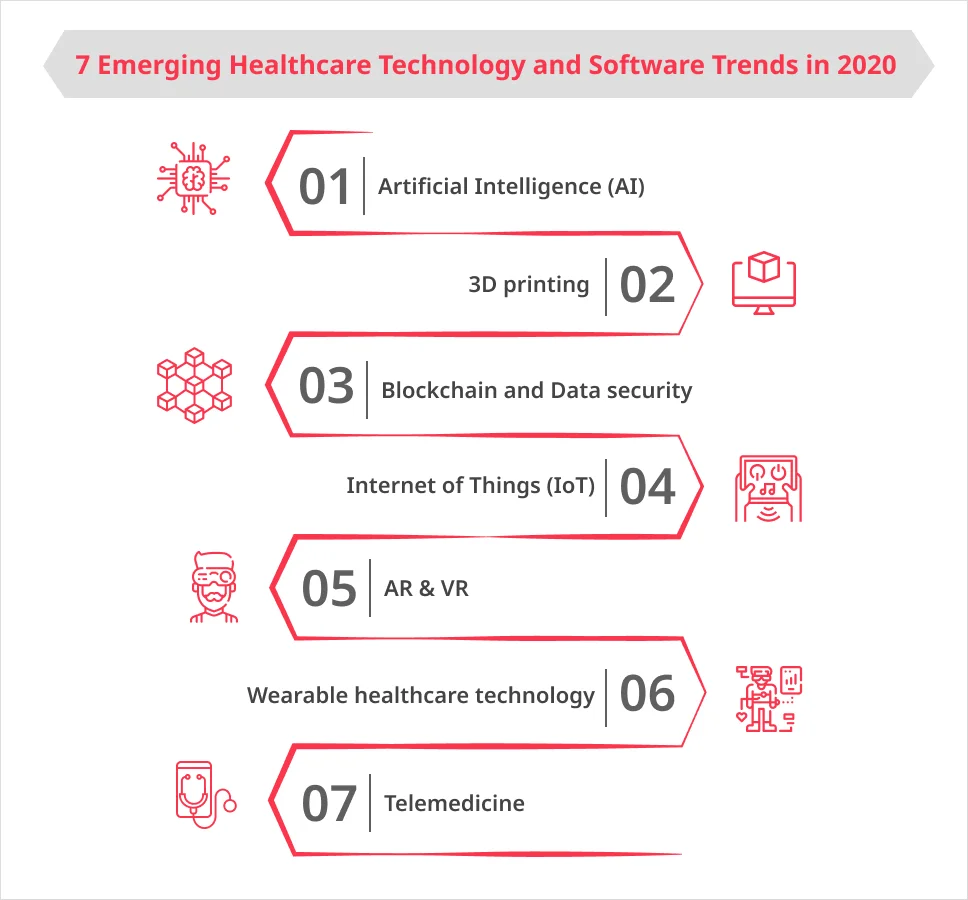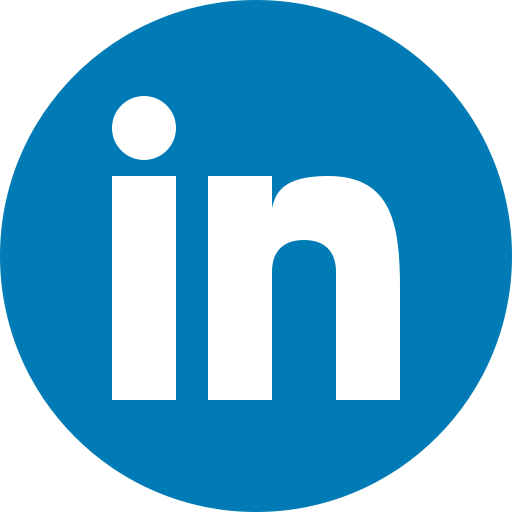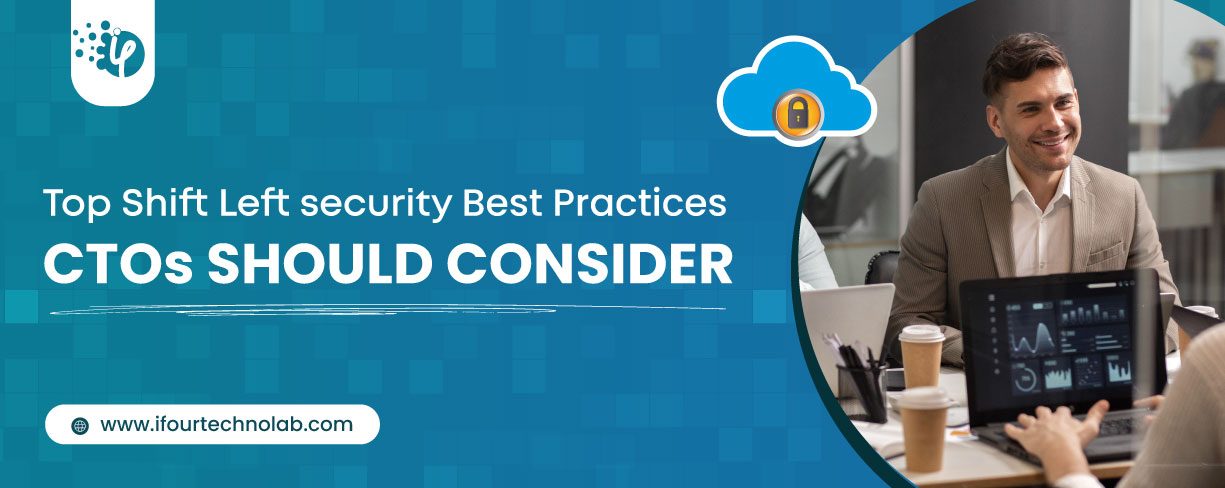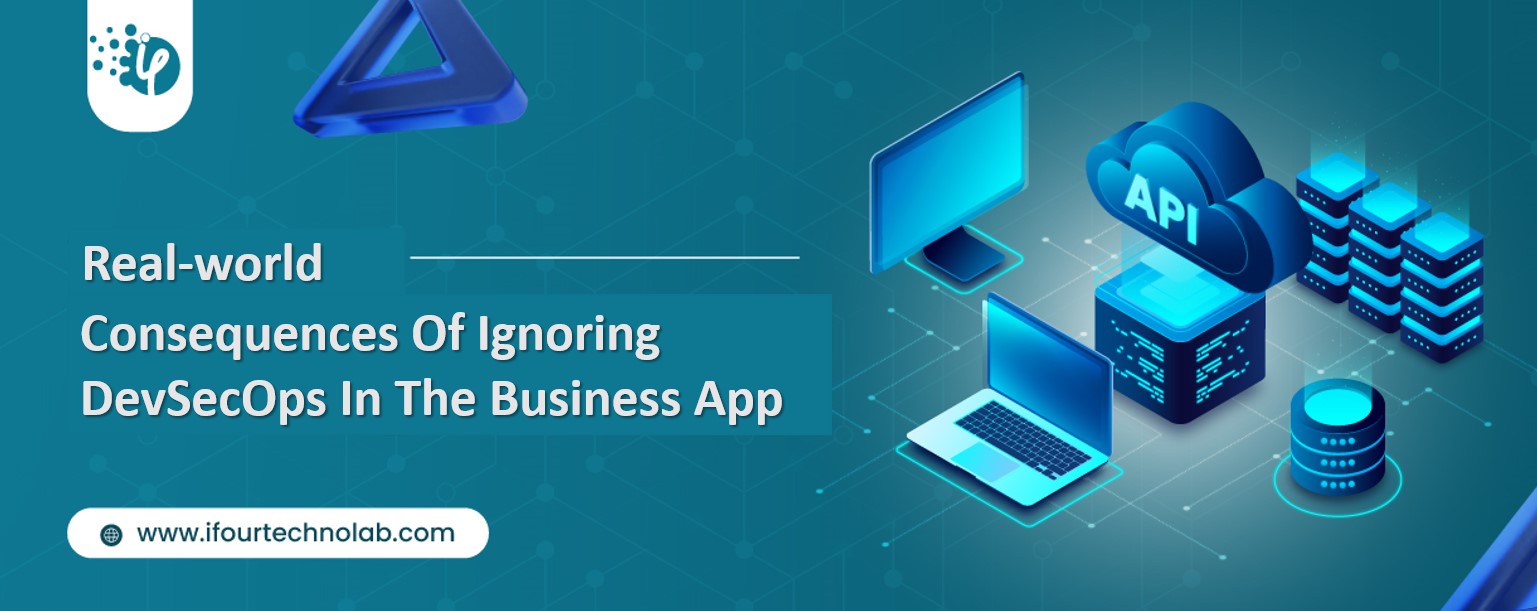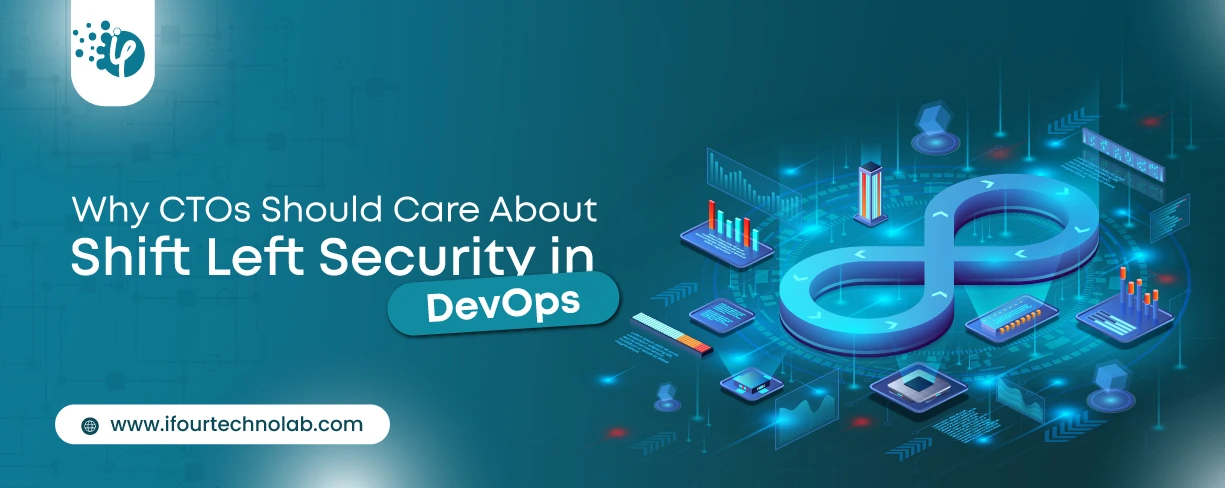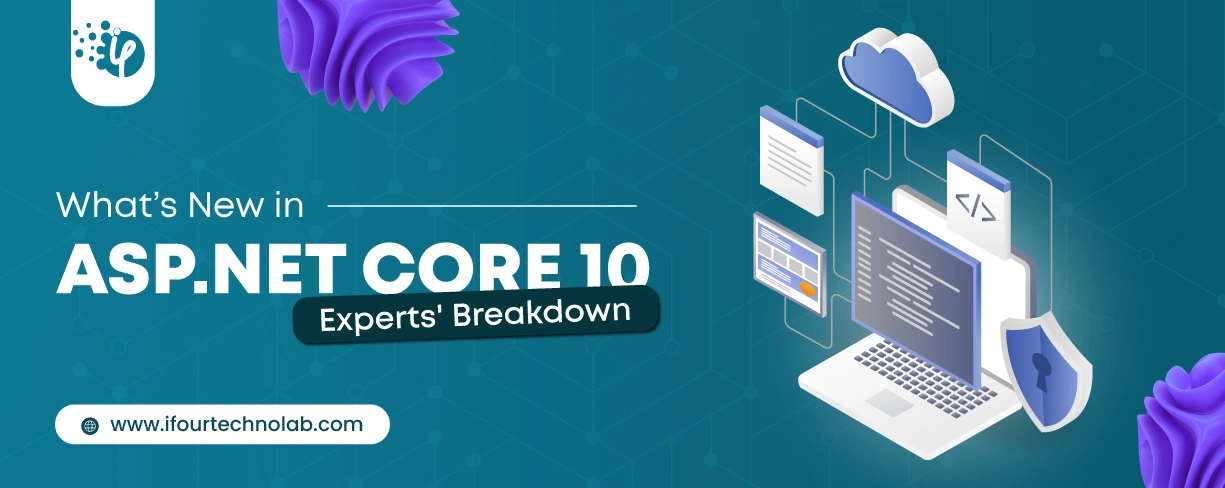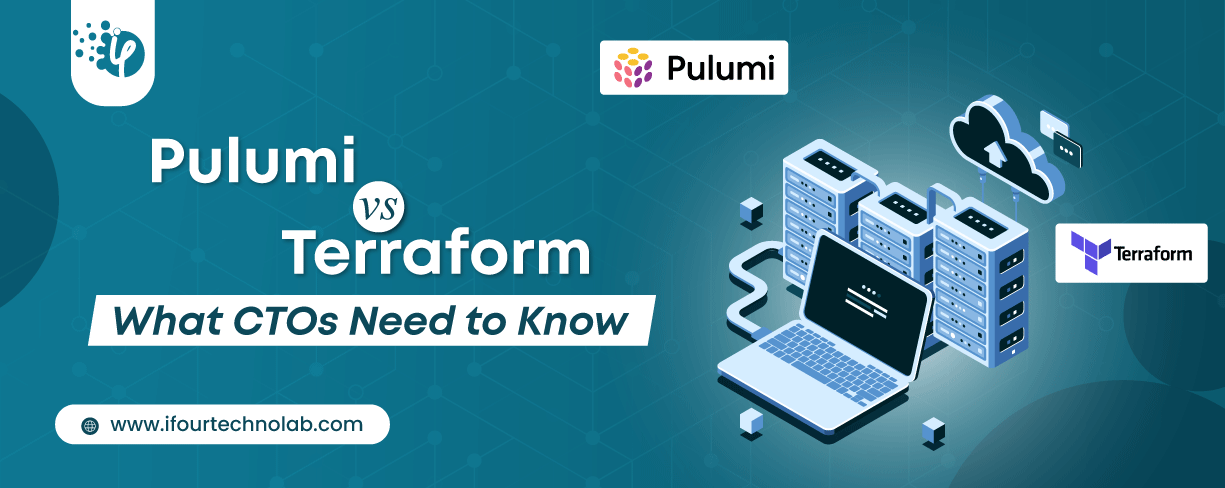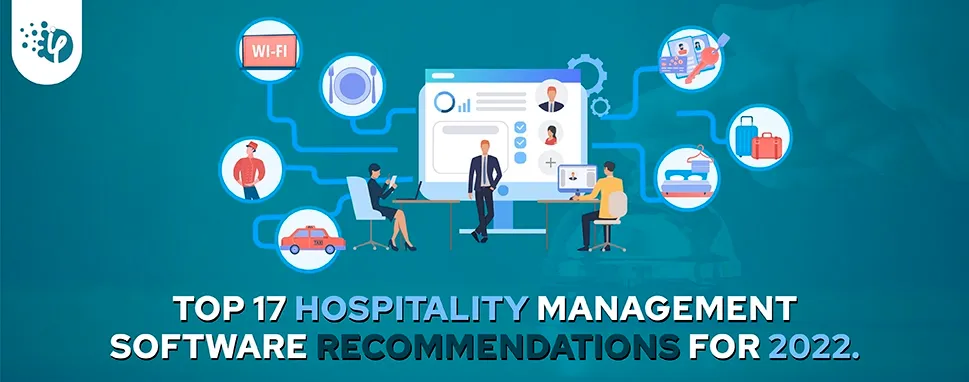AI is growing constantly and in today's times, it is an all-time high in its potential to use for the healthcare industries. One of the core reasons why AI is rising because its engine reduces and mitigates the risk of preventable medical scenarios.
In healthcare, AI is used to make a precise diagnosis that is performed from the information of the patient’s EHR. AI plays an important role to collect and analyze information, symptoms, and all other diagnoses that can help to catch the health problem and resolve it with the respective variants to solve it.
By introducing AI in the healthcare mobile applications can be a great help as it is in trends. AI increases the functionality of every feature by adding analytical capabilities.
-Huge enterprises are investing in AI to upgrade for implementing AI technology to the applications.
Gregg Bayes-Brown Marketing and Communications Manager, Oxford University Innovation Ltd says, we’re seeing numerous healthcare trends here at Oxford. COVID and the vaccine we’re working on aside, perhaps the most prominent at the moment is imaging diagnostics, using AI and pre-existing hardware to accurate diagnose conditions. We’ve got a bunch of companies based on university research working in this space, including Caristo (capable of spotting heart attacks years before they happen) Oxford Brain Diagnostics (same thing but with dementia), and Brainomix, which is rapidly and effective diagnosing stroke (stroke is very much a second’s matter thing, so the faster you can diagnose how severe a stroke is, the better the outcomes).
Chris Bastardi from Sunshine Sachs shared Dr. Ann Marie Sastry views, she is an artificial intelligence expert, engineer and CEO of Amesite. New technologies that were once part of the future, are critical right now. And most importantly, fast-changing protocols for managing hospital functions require teams to have tools that can convey information in real time, to any device, at any time. Hospitals are also beginning to integrate new technologies like Artificial Intelligence, machine learning, and predictive analytics. Machines are not taking over; they are merely making room to work alongside humans to make better decisions.
The increase of technology in healthcare is inevitable. With patient outcomes at the forefront, organizations and industry leaders recognize the importance of integrating technologies to the best of their abilities. Forty percent of the tasks currently performed by non-clinical staff and 33 percent of clinicians’ jobs could be done by AI.
Kay Kelly from SVM Public Relations & Marketing Communications says, “AI-Powered, Speech-Based Technology to Quantify and Manage Behavioral Health”: There is currently no good way to measure depression and anxiety symptoms outside of traditional face-to-face interviews. Written, self-reported surveys are commonly used, but usage is poor and engagement suffers with repeated use of the same questions. Ellipsis Health’s technology represents a breakthrough as the first, scalable, consistent AI-based vital sign that is deployable in the market to providers and payers today. By leveraging the ubiquity of smartphones, the technology democratizes behavioral health measurement by making it available anytime, anywhere. Beyond enabling screening to be simplified, Ellipsis gives behavioral health providers for the first time a longitudinal visibility of depression and anxiety between office visits.
Anna Grimes from AI is a technology that’s much-heralded but not yet fully adopted — only 29% of US companies use AI, according to a 2019 CompTIA report. And while the term “AI” covers the waterfront, it’s important to drill down into exactly what an organization means when it claims its technology is AI-enabled or driven. AI means bringing behavior science principles into a machine learning algorithm that autonomously explores and enormous series of options and unlocks solutions in a timeframe that human experts can’t meet. This allows health systems to harness AI to deliver behavior change at scale. There’s a lot of opportunity for bringing behavior science and AI together, and healthcare is only beginning to scratch the surface.
Dasha Fomin, Communications Manager at Just AI ?? says, the current situation with COVID-19 has highlighted the relevance of virtual care systems and bringing cutting-edge technologies including Machine learning and Artificial Intelligence to healthcare. Currently, healthcare is one of the most complex fields and one of the advanced tasks is the accuracy and satisfaction of patients. Today, neural network algorithms are rather an auxiliary tool for doctors, a kind of virtual knowledge base. Nevertheless, the potential is enormous, already now doctors can turn to such an assistant for detailed information on symptoms, pharmacological prescriptions, and up-to-date information on research.
Jennifer Willy from Etia.com says, numerous new trends have cropped up since then. One that should be discussed includes Artificial Intelligence (AI) and machine/data learning. AI is a life-changing technology that’s going to tremendously change the healthcare industry by 2025, which is about a $200 billion industry (learn.g2). From diagnosis to treating people at home, the scope of AI-related healthcare tech is vast and wide. Similarly, wearable technology is very popular and easily accessible now. Smartwatches, health, and activity trackers like Fitbit and Apple are becoming a rage among the common public. This has led to the propagation of healthier and more cautious lifestyle among normal people. Lastly, the usage and scope of Blockchain technology are unthinkable. It would contribute to ledger keeping, digital transactions, and record maintenance.




